Amtrak Debuts High Speed Trains as Train Travel Enters a New Golden Age
Amtrak's new high-speed trains come with upgraded amenities, expanded schedules and more as rail travel demand surges.

This week, the first NextGen Acela departed from Washington, DC. Amtrak's newest high speed train, the NextGen Acela tops out at 160 mph and features a new tilt system to make those high speeds feel smoother and quieter for passengers on board.
The new high-speed trains come as passenger rail travel has surged over the past few years, recovering from pandemic era declines and finally ticking above pre-pandemic levels in 2024. While commuters make up a significant portion of regular passengers, train travel worldwide has been gaining in popularity. That's because they offer the affordable, scenic route experience of a road trip paired with the amenities and comfort of flying.
If you've never traveled by train before, this is a great time to see what the trend is all about. Here's what you need to know about Amtrak's new high-speed trains and planning your next U.S. rail adventure.
From just $107.88 $24.99 for Kiplinger Personal Finance
Become a smarter, better informed investor. Subscribe from just $107.88 $24.99, plus get up to 4 Special Issues

Sign up for Kiplinger’s Free Newsletters
Profit and prosper with the best of expert advice on investing, taxes, retirement, personal finance and more - straight to your e-mail.
Profit and prosper with the best of expert advice - straight to your e-mail.
The NextGen Acela is just one piece of Amtrak's big transformation plans
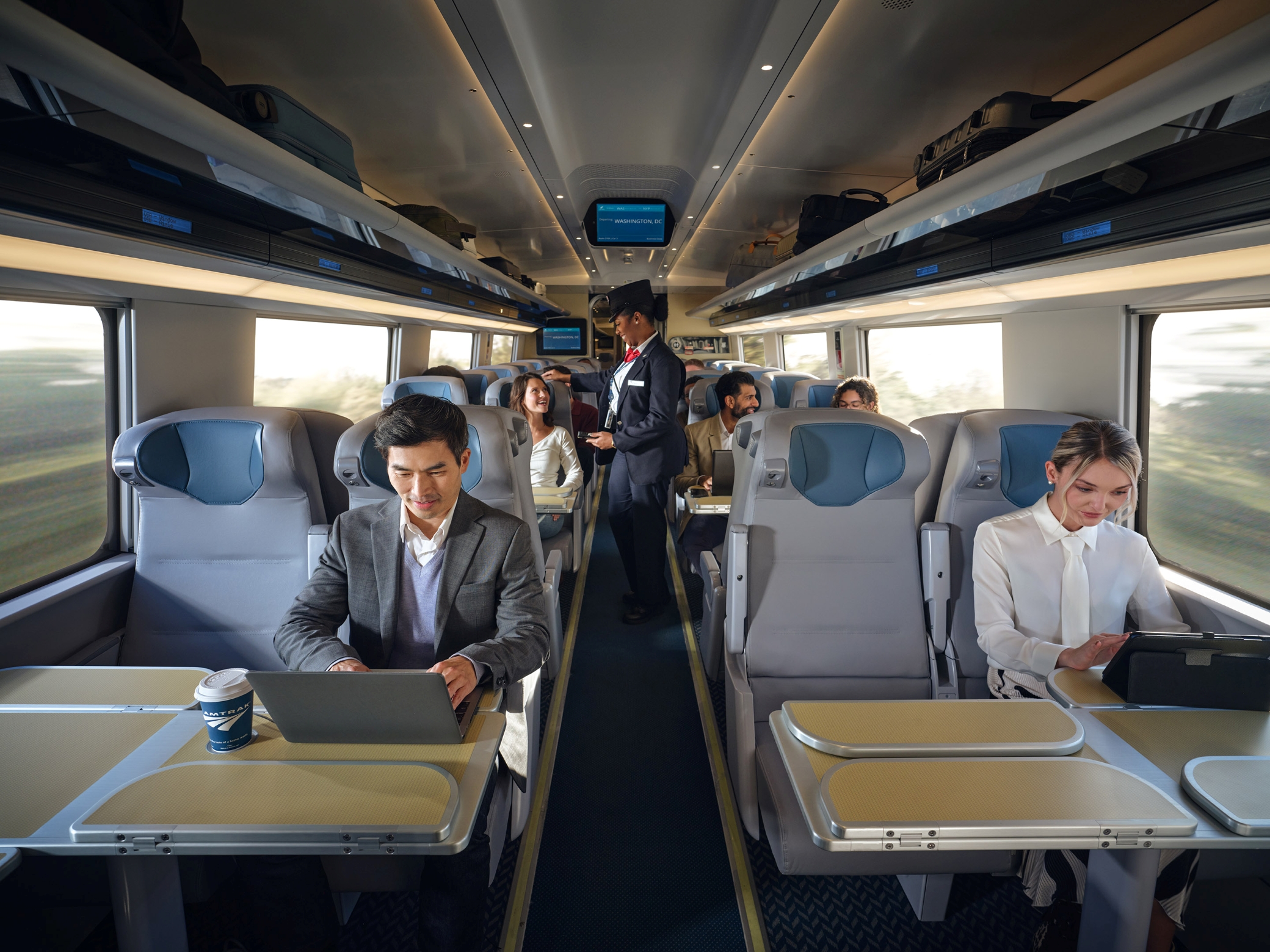
Amtrak's new high-speed trains are rolling out on routes across the Northeast Corridor, including Boston, New York and Washington, DC. By the end of 2027, the rail network plans to add 28 of these faster, upgraded trains while also expanding operating schedules on both weekdays and weekends.
Along with faster speeds, the Amtrak fleet also comes with interior upgrades. The new trains feature 27% more seats to accommodate the growing number of passengers and modernized features like individual power outlets and USB ports for each seat and free WiFi throughout the train.
Amtrak has also upgraded premium amenities, including fresh food and beverage options at Cafe Acela, the onboard dining service. For those traveling in business class, those dining options come to you in the form of cart service that bring refreshments right to your seat like you're used to on a flight.
All of this is just one part of a larger transformation that is upgrading and expanding the Amtrak fleet nationwide. Alongside the NextGen Acela, the rail company is adding Airo trains to select routes, making its long-haul trains more efficient and upgrading on board interiors across its fleet.
Pack your bags and earn rewards. Kiplinger chose the best travel rewards cards for airline, hotel and other perks to help you save money. Explore the top travel card picks. Advertising disclosure.
Is traveling by train worth it?
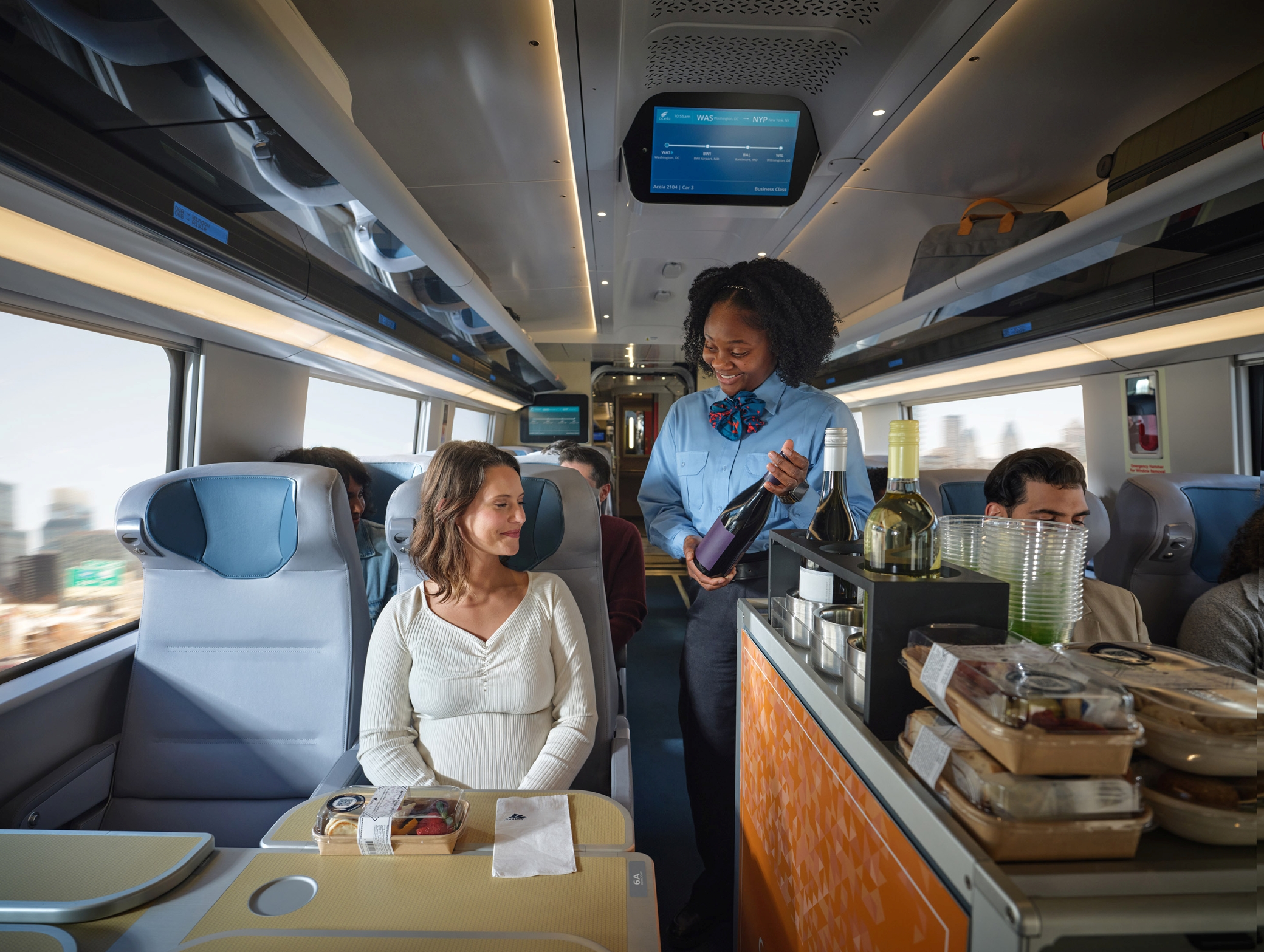
Last year, Amtrak saw 32.8 million passengers step aboard its trains nationwide, exceeding pre-pandemic levels for the first time since COVID-19 caused a sharp decline in ridership, according to the Bureau of Transportation Statistics. The rail network reaches over 500 destinations across 46 states and Washington, DC as well as two Canadian provinces.
But, with its growing popularity, is it actually worth hopping on this trend? Train tickets are typically cheaper than booking a flight, but they're also significantly slower. And that's really what it comes down to: if you want to get to your destination as fast as possible, flying is the way to go. But if you've got some flexibility in your schedule, you can enjoy comfort and amenities on par with business class cabins on some airlines at a price point that's on par with driving.
To get a sense of price, I looked up the cost of a round trip train trip between Atlanta and New York over Christmas week. I'd be able to book two business class seats for about $400 person. I could also splurge on getting a private room with an ensuite bathroom, including a shower, on board for just over $2,100 (or about $1,050 per person). Other perks of booking a private room include complimentary meals on board, beds for up to two adults and complimentary lounge access at select stations.
According to Google Flights, the cheapest business class flight on the same route during the same time period is about $510. Moreover, even first class flights priced well over $1,000 per person didn't include lie-flat seats (let alone an ensuite with a shower).
The total travel time of about 19 hours each way puts it on par with driving. But, instead of driving, I'd be able to kick back, read a book and enjoy a glass of wine at the onboard cafe or from the cart service available to business class passengers. I'd also be able to get a full night of sleep in a private room so that I arrive in New York refreshed and ready to explore rather than bleary-eyed and exhausted from 19 hours of driving.
Is train travel cheaper than a road trip?
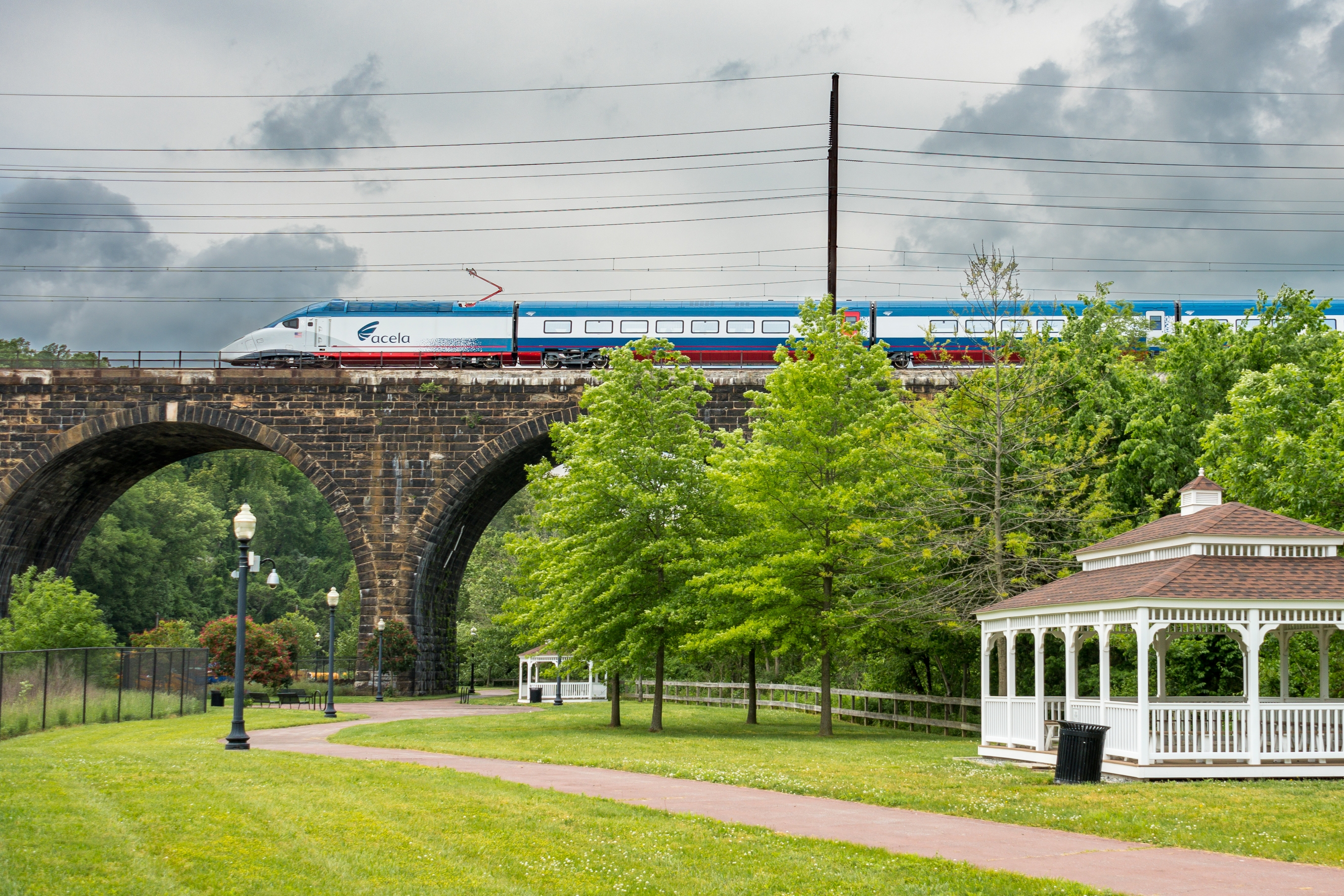
Trains are a more affordable way to enjoy luxury amenities compared to flying, but how does it compare to driving as a budget option? Checking that same Atlanta-New York trip over Christmas I looked at above, the cheapest option was just under $290 roundtrip per person. Riding coach means no complimentary meals or ensuite bathroom, but you do still have the option of heading to the dining car to buy yourself a snack or a full multi-course meal.
That price for coach also includes up to two free checked bags, two carry-ons and one personal item. If you're not a light packer, the savings on baggage fees alone could make this more cost-effective than flying, even on a budget airline like Spirit or Frontier.
But, how does it compare to driving? It's about 880 miles from Atlanta to New York, which would come out to around $225 spent on gas round trip, based on the current national average of $3.20 per gallon and my car's average fuel efficiency of about 25 mpg. When I've done this drive in the past, I almost always stop at a hotel along the way because driving 14+ hours straight is rough. That hotel stop each way would easily put my total cost above the $290 to take Amtrak.
In order to make driving cheaper than the train ride, I'd have to drive straight through each way, which would be a much less pleasant experience than relaxing on a train the entire trip. It's also safer. Driving is a more dangerous mode of transport overall and gets even more so when either you or the other drivers on the road are tired.
Though it isn't necessarily cheaper than driving, it's close enough in price that it might be worth paying slightly more for the comfort and safety of hopping on a train rather than driving.
Related content
Profit and prosper with the best of Kiplinger's advice on investing, taxes, retirement, personal finance and much more. Delivered daily. Enter your email in the box and click Sign Me Up.

Rachael Green is a personal finance eCommerce writer specializing in insurance, travel, and credit cards. Before joining Kiplinger in 2025, she wrote blogs and whitepapers for financial advisors and reported on everything from the latest business news and investing trends to the best shopping deals. Her bylines have appeared in Benzinga, CBS News, Travel + Leisure, Bustle, and numerous other publications. A former digital nomad, Rachael lived in Lund, Vienna, and New York before settling down in Atlanta. She’s eager to share her tips for finding the best travel deals and navigating the logistics of managing money while living abroad. When she’s not researching the latest insurance trends or sharing the best credit card reward hacks, Rachael can be found traveling or working in her garden.
-
 Dow Rises 497 Points on December Rate Cut: Stock Market Today
Dow Rises 497 Points on December Rate Cut: Stock Market TodayThe basic questions for market participants and policymakers remain the same after a widely expected Fed rate cut.
-
 Top 22 Gifts for Grandkids from Walmart
Top 22 Gifts for Grandkids from WalmartFrom PlayStation to Labubu, you'll find the hottest gifts of 2025 for your grandkids at Walmart this year. Some of them are up to 78% off.
-
 I'm retired with $2.2 million. Should I give my shifts to a young coworker?
I'm retired with $2.2 million. Should I give my shifts to a young coworker?Should she quit her job so a struggling young colleague can take her shifts? We asked certified financial planners for advice.
-
 The Top 22 Gifts for Grandkids from Walmart in 2025
The Top 22 Gifts for Grandkids from Walmart in 2025From PlayStation to Labubu, you'll find the hottest gifts of 2025 for your grandkids at Walmart this year. Some of them are up to 78% off.
-
 What Not to Do in an Airport Lounge
What Not to Do in an Airport LoungeBefore you settle into that cushy lounge chair, skip the rookie moves that annoy other travelers and can even get you kicked out.
-
 CD vs. Money Market: Where to Put Your Year-End Bonus Now
CD vs. Money Market: Where to Put Your Year-End Bonus NowFalling interest rates have savers wondering where to park cash. Here's how much $10,000 earns in today's best CDs versus leading money market accounts.
-
 Meet the World's Unluckiest — Not to Mention Entitled — Porch Pirate
Meet the World's Unluckiest — Not to Mention Entitled — Porch PirateThis teen swiped a booby-trapped package that showered him with glitter, and then he hurt his wrist while fleeing. This is why no lawyer will represent him.
-
 Smart Business: How Community Engagement Can Help Fuel Growth
Smart Business: How Community Engagement Can Help Fuel GrowthAs a financial professional, you can strengthen your brand while making a difference in your community. See how these pros turned community spirit into growth.
-
 Smart Money Moves Savers Should Make in 2026
Smart Money Moves Savers Should Make in 2026These steps will get you on the road to achieving your 2026 savings goals.
-
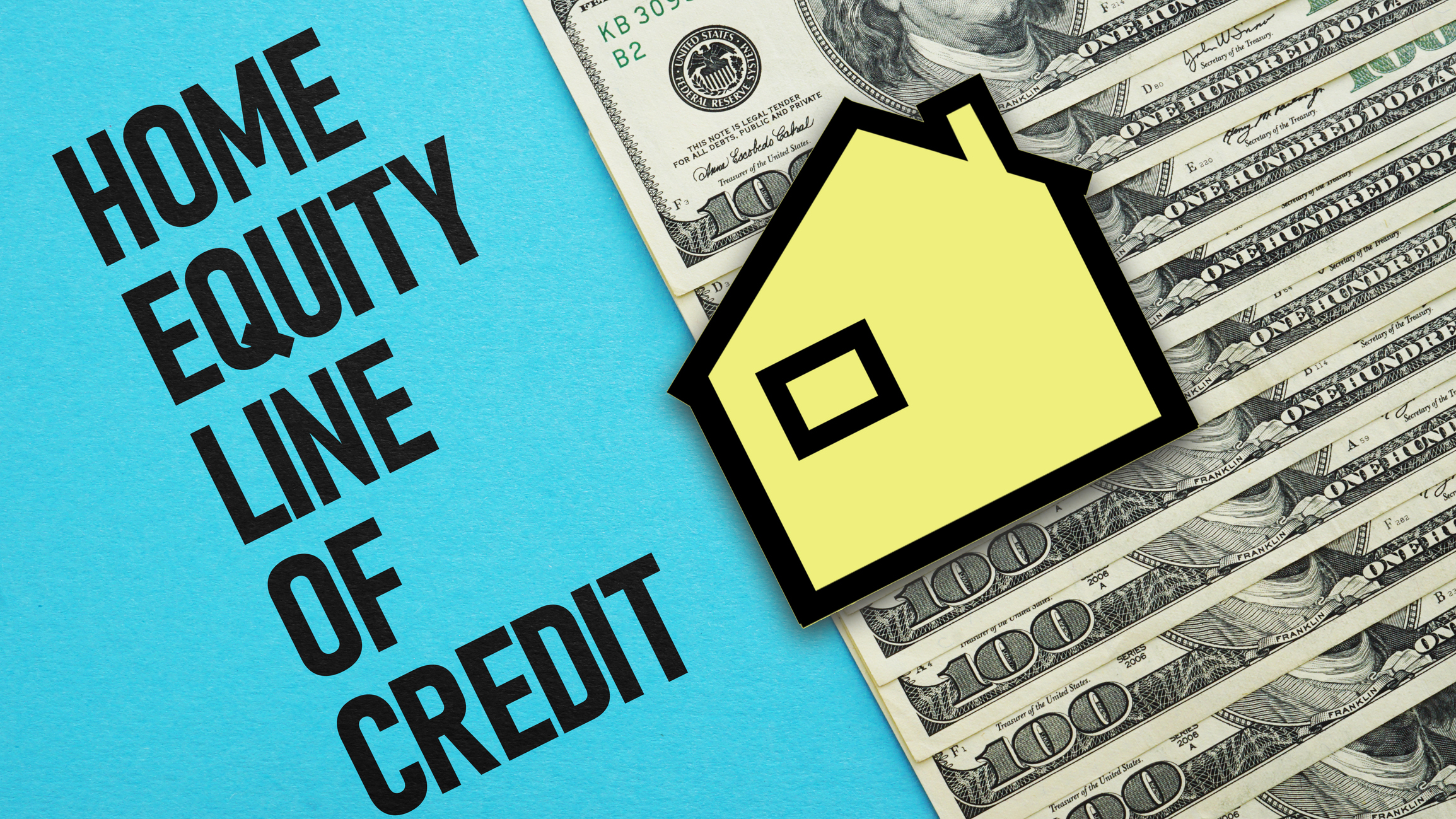 How Much Would a $50,000 HELOC Cost Per Month?
How Much Would a $50,000 HELOC Cost Per Month?Thinking about tapping your home’s equity? Here’s what a $50,000 HELOC might cost you each month based on current rates.
-
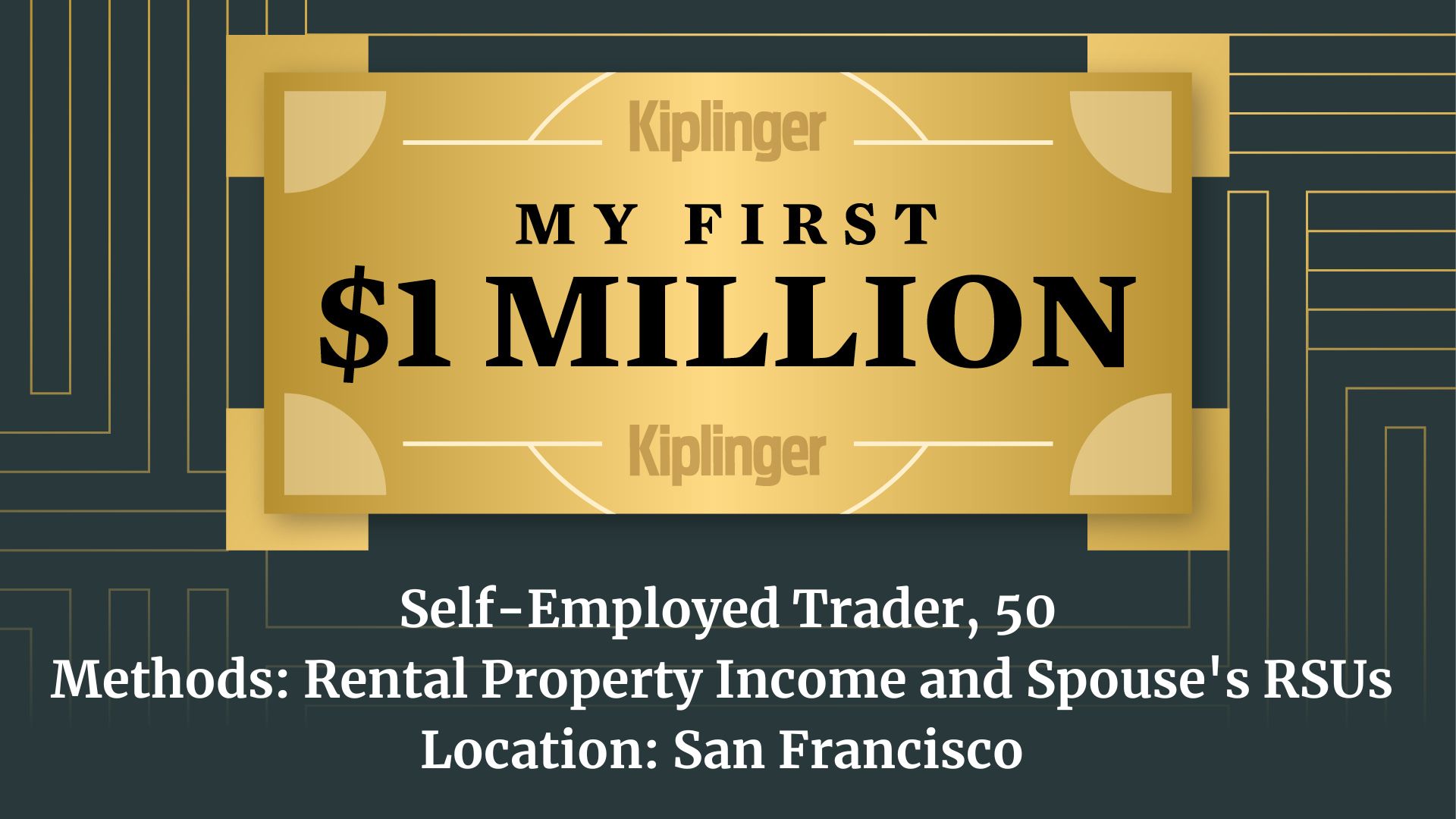 My First $1 Million: Self-Employed Trader, 50, San Francisco
My First $1 Million: Self-Employed Trader, 50, San FranciscoEver wonder how someone who's made a million dollars or more did it? Kiplinger's My First $1 Million series uncovers the answers.
